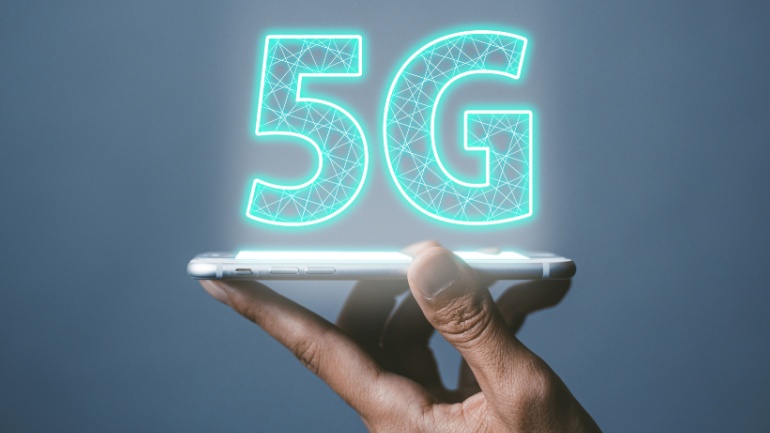MasOrange, Spain’s leading mobile operator, is set to reduce Chinese equipment in its 5G network to mitigate geopolitical risks. From 2024, Huawei’s share will drop as Ericsson’s increases, targeting a full elimination by 2029. This transition ensures a robust 5G expansion, bolstering coverage across 100% of municipalities over 10,000 residents.
CelcomDigi has launched its AI Experience Center, AiX, in Malaysia to drive digital solutions across various industries. Located in Subang Jaya, AiX offers interactive simulations and showcases real-world applications in sectors like healthcare and logistics. Supported by global tech giants, this initiative underscores Malaysia’s commitment to advancing 5G and AI technologies.
Germany has officially banned critical components from Chinese telecom firms Huawei and ZTE in its 5G network infrastructure, citing security concerns. German telecommunications companies must eliminate Chinese equipment from core networks by 2026 and from 5G access and transport networks by 2029.
The US Commerce Department has prohibited the use of Kaspersky security software across the United States, citing national security concerns. The Bureau of Industry and Security (BIS) determined that Kaspersky’s cybersecurity products pose “unacceptable risks” to US national security and public safety.
In a significant development, Hong Kong residents now have access to China Telecom’s satellite direct-to-phone service, marking a pivotal step in the operator’s expansion strategy. China Telecom has long provided satellite options to mobile customers through a range of devices, including dongles, dedicated satphones, and smartphones equipped with built-in satellite antennas from manufacturers like Huawei.
Microsoft is collaborating with UAE’s AI firm G42 in a landmark move aimed at accelerating AI innovation across such sectors as finance, healthcare, and education, with a considerable investment. This move, merged with strategic geopolitical consideration, has sent ripples across the global telecommunications industry, indicating a shift in its dynamics.
Global smartphone shipments saw a notable 7.8% year-over-year increase in the first quarter of 2024, according to data from IDC’s Worldwide Quarterly Mobile Phone Tracker. The total shipments for the quarter reached 89.4 million units, marking the third consecutive quarter of growth and indicating a solid recovery in the smartphone market.
Huawei is nearing completion of a large R&D complex in Shanghai focused on semiconductor technology. Fujitsu, NEC, NTT, and DoCoMo have unveiled a groundbreaking ‘top-level sub-terahertz 6G device’ achieving 100 Gbps speeds over 100-meter distances in the 100 GHz and 300 GHz bands. MASV’s Solutions Partner Program simplifies large file transfers using their cloud-based platform. LEAP is expanding global customer outreach with Vonage’s Communications APIs and SIP Trunking for scalable cloud connectivity.
Nokia unveiled specialized, private AI models for the telecom sector to improve network operations and customer service. A coalition of 10 governments agreed on principles for secure 6G networks. IBM and the GSMA have launched a global AI training initiative to bridge the AI knowledge gap among telecom operators. Qualcomm’s Snapdragon X80 modem chip introduces 5G-Advanced support with up to 10 Gbps speeds and six-carrier aggregation.
At the recent MWC Barcelona 2024, industry leaders Huawei convened the Green Development Elite Club, a stage for key representatives from prominent organizations to illuminate their vision and effort for Green Target Networks. These networks aim to foster sustainable growth, using state-of-the-art computing power and AI to transform operations.













